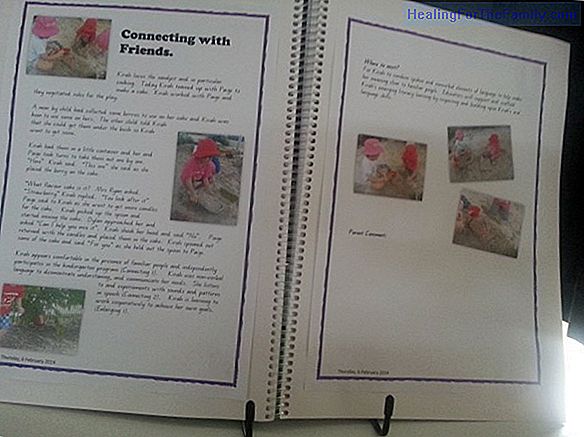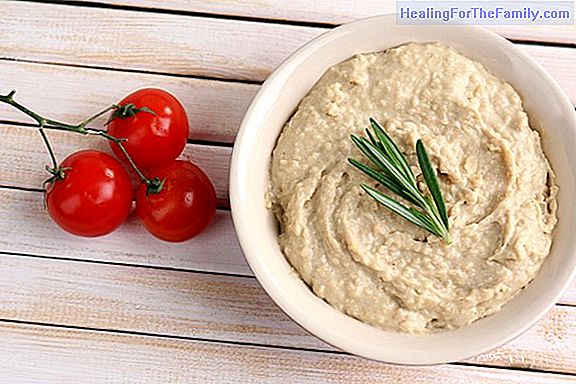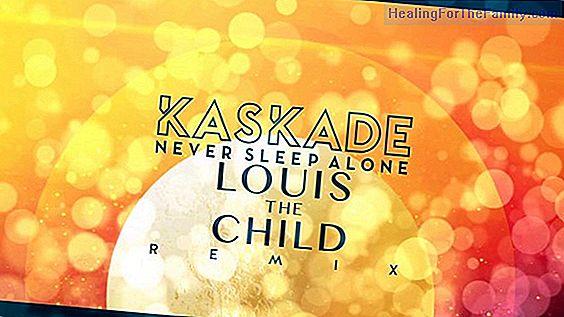Antiseptics and children: what are they and how do they act on wounds?
When a skin wound occurs, the organism is exposed to different risks related to microorganisms, since the skin no longer acts as a protective barrier when its continuity breaks. Therefore, germs can penetrate the interior of the body through the wound and colonize the area. Thus, when the number of
When a skin wound occurs, the organism is exposed to different risks related to microorganisms, since the skin no longer acts as a protective barrier when its continuity breaks. Therefore, germs can penetrate the interior of the body through the wound and colonize the area. Thus, when the number of microorganisms is less than 100,000 colonies per gram of tissue and
there is no risk of local infection se, the wound is said to be contaminated. But when the microorganisms, which reproduce in the wound, invade the living tissues that surround the lesion and produce alterations in them, the wound is infected and this represents, in most cases, the impossibility of the wound to heal. How antiseptics work in children
Antiseptics are chemicals that are applied to living tissues in order to

eliminate pathogenic micro-organisms
or susceptible to causing disease, or for the purpose of eliminating viruses. Antiseptics do not have selective activity and eliminate all types of germs. It is important that when a child gets a wound, they will quickly use antiseptics to prevent infection.
Chlorhexidine , which is transparent, 70% alcohol, iodine and hydrogen peroxide (hydrogen peroxide) are the main antiseptics
that are used for the disinfection of wounds and burns on the skin. How to fight infection of wounds?With the efficient use of antiseptics and disinfectants we can prevent wound infections . But how are they different? While the disinfectant destroys microorganisms on inanimate or inert surfaces, antiseptics do so in living tissues such as skin.
They are mainly applied on the skin to treat wounds, burns and stings, although they are also used on mucous membranes (mouth, throat, nostrils). The antiseptics can be of natural origin, such as saliva, which removes microorganisms lodged in the oral cavity and that are responsible for dental caries, or can be obtained in the laboratory, where they are prepared in
ideal concentrations to fight diseases without affecting the patient.How effective are antiseptics?
It is considered that an antiseptic is effective when after application, after 5 minutes, a decrease in the number of microorganisms (less than 100,000 colonies) is observed in at least four reference bacterial strains.
However, we must bear in mind that
antiseptic solutions can be contaminated by some microorganisms that are transmitted through the air, through the hands or the instruments and the material of cures, and that the activity of the antiseptics can be inhibit in the presence of certain organic materials such as blood or tissue debris. A requirement that antiseptics must meet is that
they do not represent a danger to humans , so they must be free of toxicity or corrosive effects. Likewise, they do not present problems to dissolve with other compounds or alter or decompose, even when exposed to the action of light or heat. What are antiseptics used for?
In addition to reducing the number of microorganisms found in the skin and mucous membranes, without causing irritation or damage, antiseptics are also used to prepare the skin before a clinical procedure, to wash surgically or to wash hands in situations of high risk with newborns or immunosuppressed patients. Antiseptics are not used on inert material, such asinstruments and surfaces
. Never use antiseptic solutions to disinfect inert matter such as tweezers, scissors, scalpels and suture needles, because in this case disinfectants are more effective.
Marisol New
.












